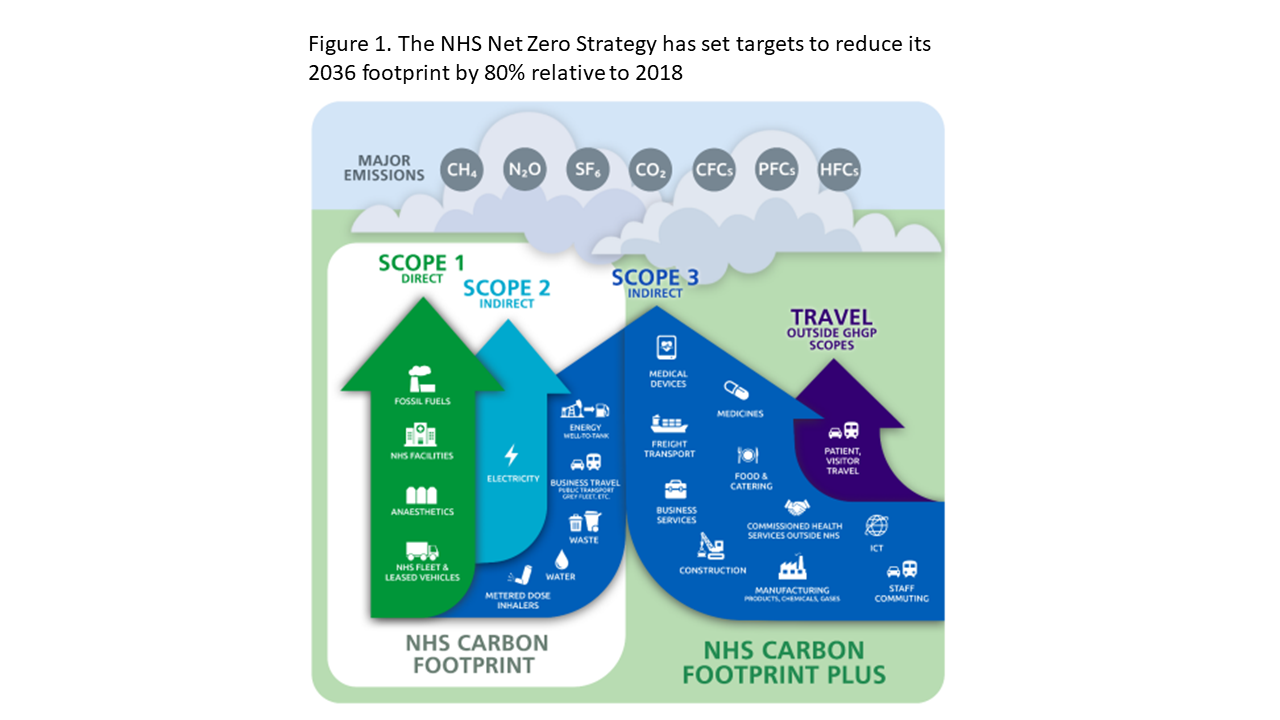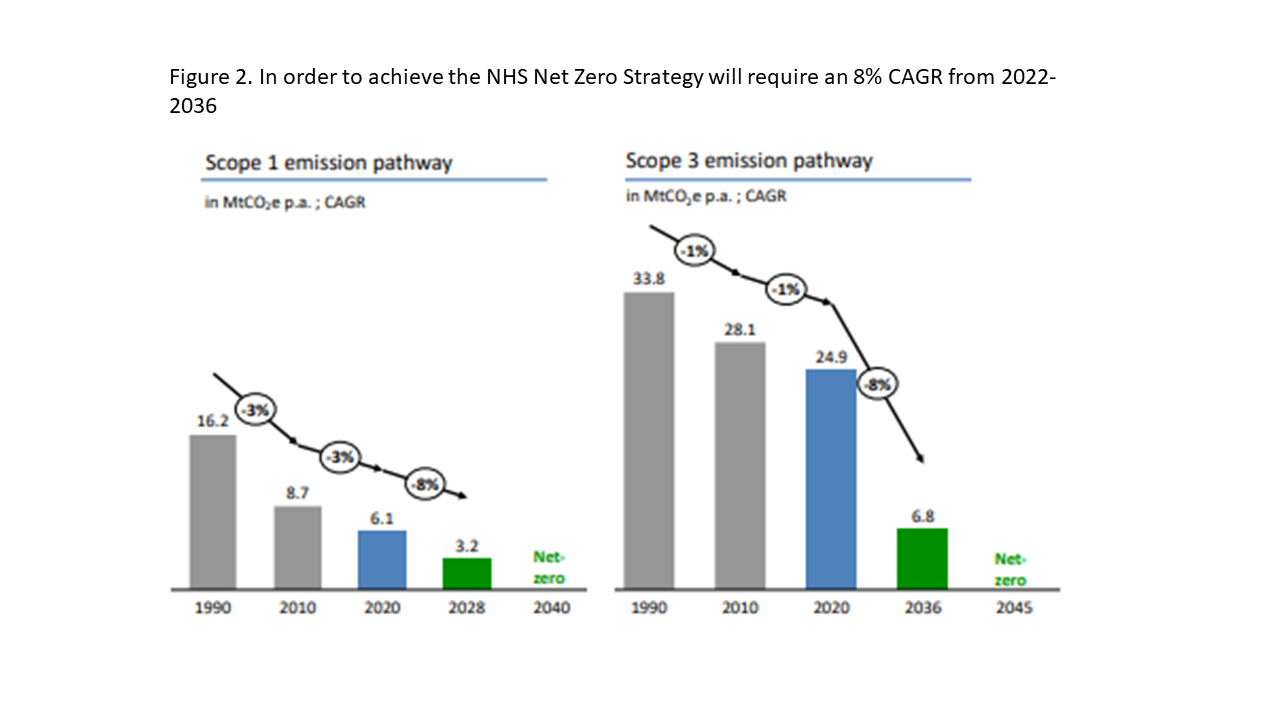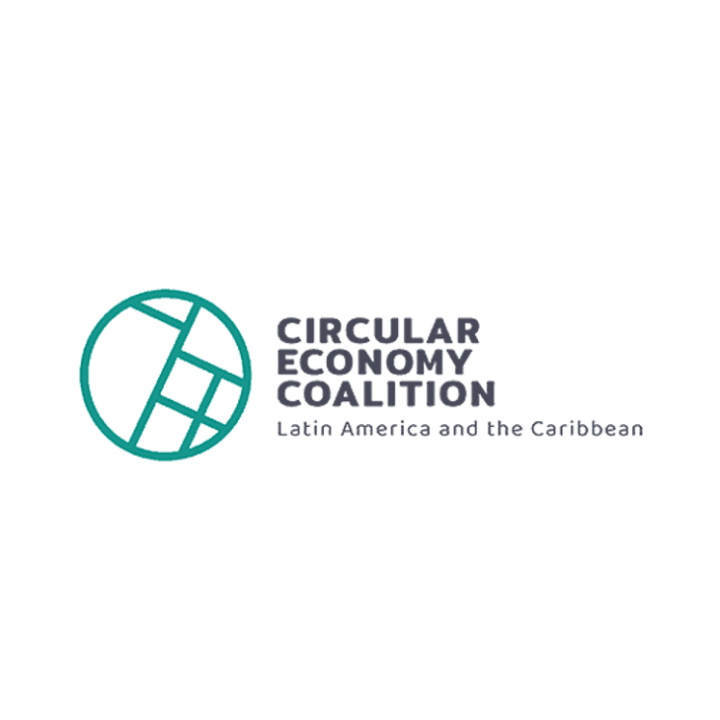2022, CE-Hub Team
NICER Case Study: Translation and Adoption of CE into new sectors – NHS
2022, CE-Hub Team
Approach, activities & rationale
The National Health Service (NHS) is the largest supply chain in Europe, accounts for 10% of UK GDP, employs £1.4M employees and represents 4% of UK GHG emissions. The NHS Net Zero Strategy has set targets to reduce its 2036 footprint by 80% relative to 2018 (Figure 1). Our study calculated that in order to achieve this will require an 8% CAGR from 2022-2036 (Figure 2), compared to an historical average of 1%, where the majority of savings has been achieved from decarbonising the grid.
Leading Change
Recognising that CE has a pivotal role to play in achieving these ambitions, members of the CE-Hub team collaborated with the NHS and Philips to investigate and demonstrate how the NHS and its suppliers can implement CE at scale. The study, published in March 2022 ‘Accelerating the Transition towards a Net-Zero NHS’ is the first of its kind to demonstrate how circular approaches in the NHS are not only possible, but a vital enabler to the NHS achieving its net zero ambitions whilst supporting its core aim to deliver care for patients. Moreover, the shift away from the linear approach can be accelerated through many of the initiatives already underway or in place within the NHS.


Knowledge Exchange
Not only did this collaboration provide an excellent opportunity to develop a new set of partnerships, working at a deeper level of engagement, but it also enabled us to apply and test our approach within a Healthcare context (a new application area). The resulting report demonstrates a broader understanding of CE via communication of a complex value chain through use of a simple framework and tangible case study.
Building Capacity
The report details three illustrative case studies featuring medical technologies – telehealth, digital pathology and low-helium MRI scanners – demonstrating different ways that medical equipment can impact scope 3 emissions. The same principles can be applied to everything else that the NHS procures. This ranges from medicines and chemicals to construction and catering. Well-designed CE approaches can power true systems change, unlocking economic savings, improving patient outcomes and access to health. While there are many barriers to overcome in such a large sector, adopting a CE mindset will accelerate transformational change – not only for net zero but also enhanced health outcomes, reduced costs, improved efficiency and managing workforce challenges. This requires NHS decision makers, commissioners and their partners, suppliers, industry and trade groups to incentivise faster progress (Table 1).

Lessons Learnt and the Future
This case study met all three of the CE-Hub objectives and a number of our KPI’s. It is intended that the report will influence decision makers within both Philips, the NHS and our other work on medical textiles and the next steps are to continue the collaboration to ensure implementation of the recommendations being made.






